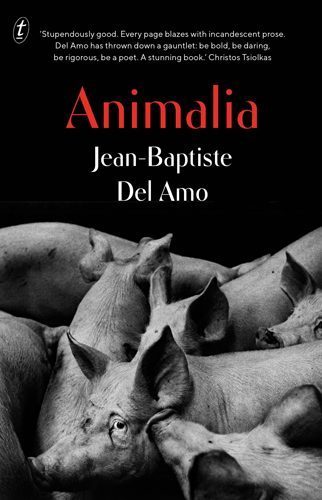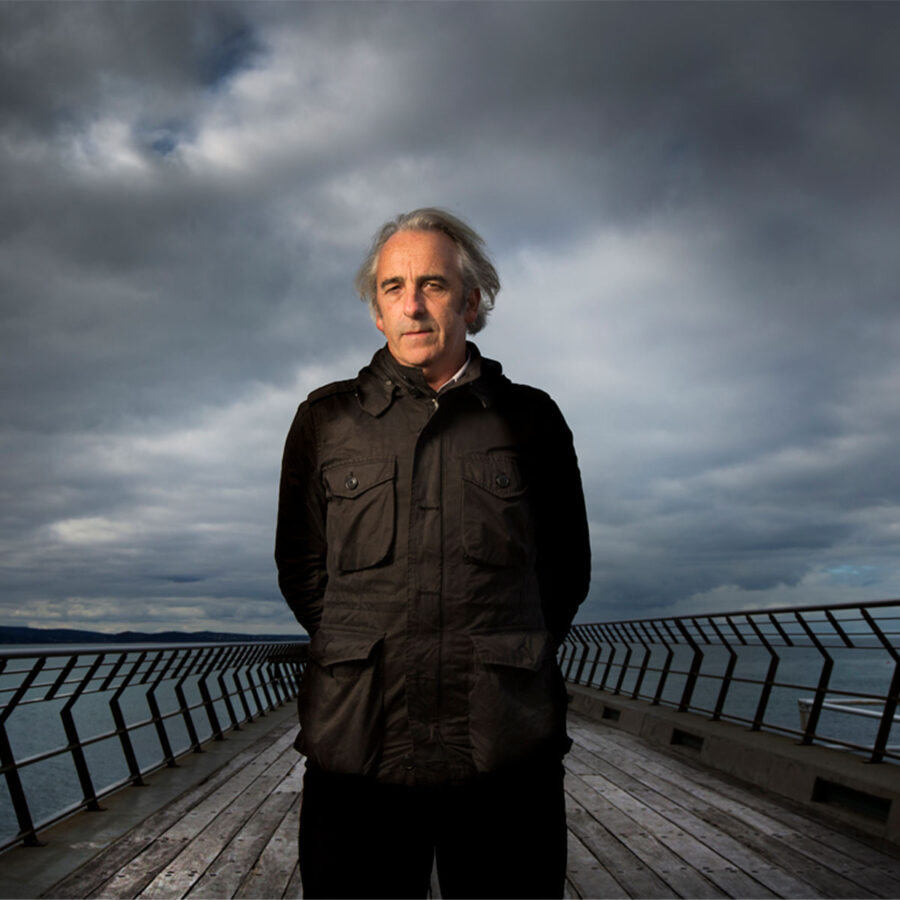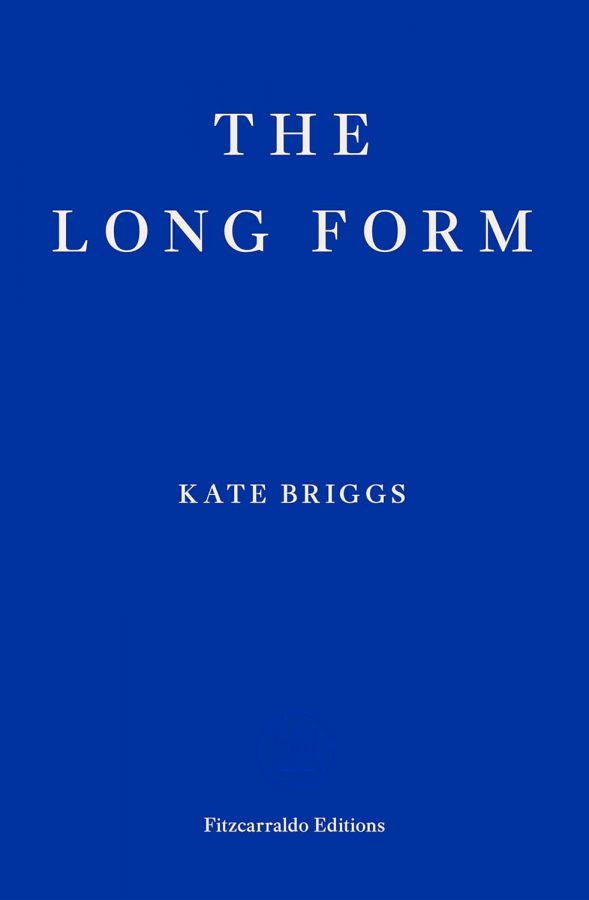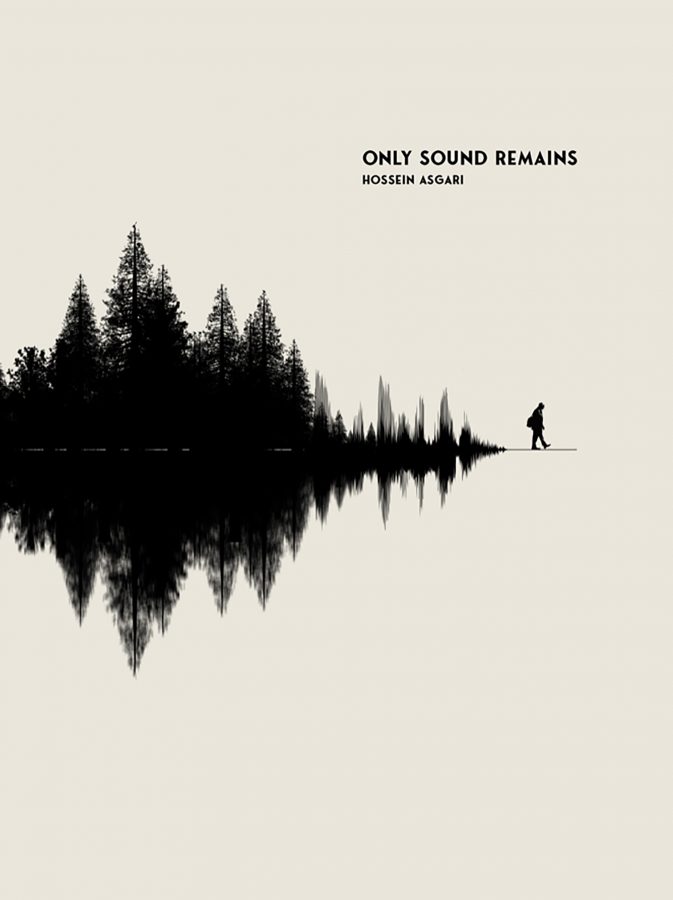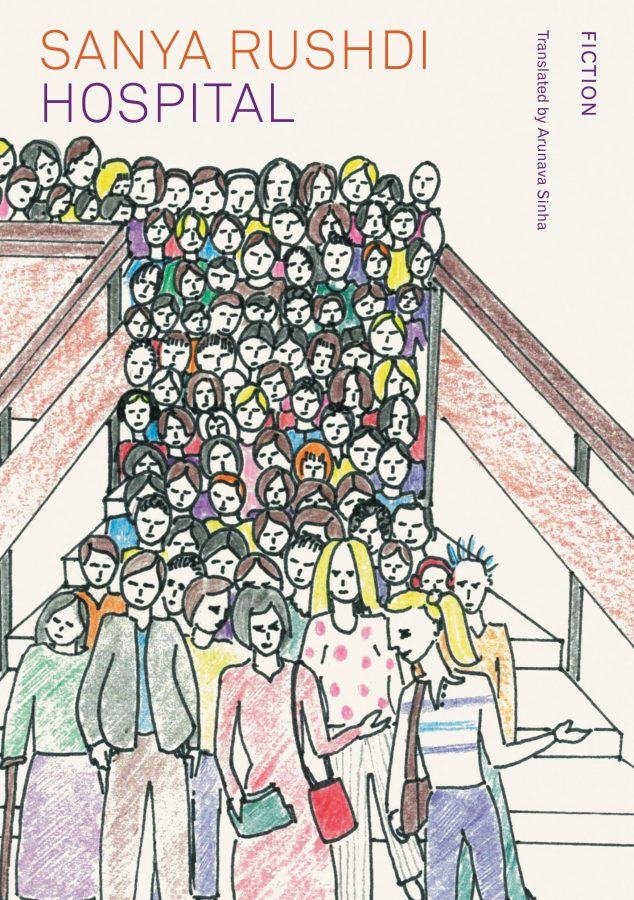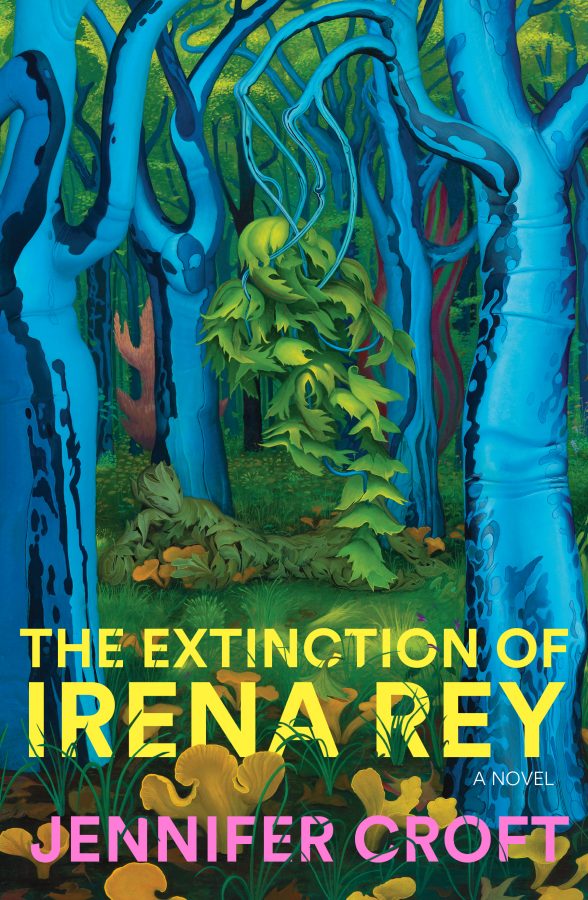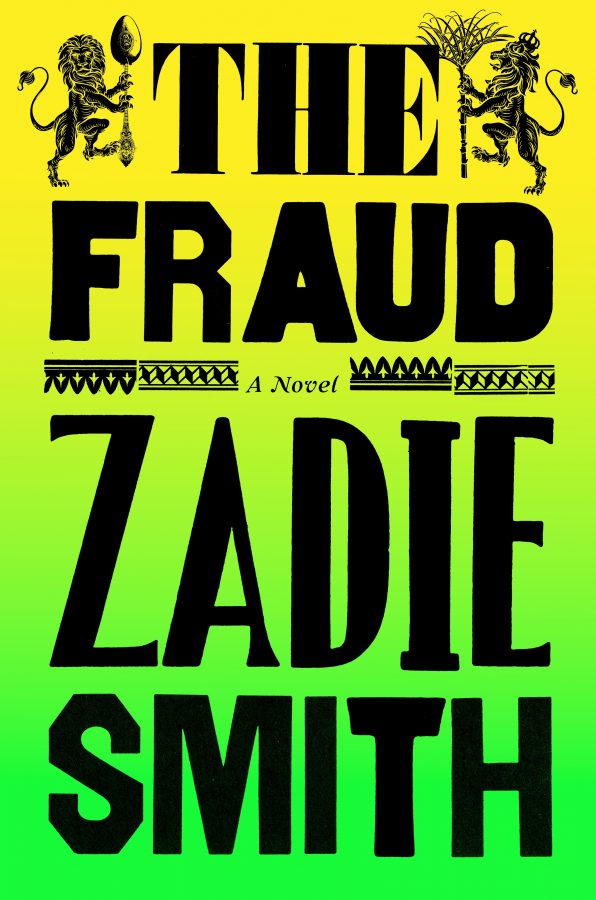‘Nature is a Haunted House – but Art – a House that tries to be haunted.’
— Emily Dickinson
I
When the war comes, the war of humans against humans, all our equivalence with a wider world is left to rot. Local lives are sent away as meat, and where once our domestic emotions had been interchangeable with the elements of our habitat – a green tinge of cloud, a piglet’s suckle, a wary corvid – now such correspondences are buried in an Anthropocenic drama that has them recede to the background.
Likewise the winter is bleak but only insofar as it houses sacrilege. Its weather is fierce but fierce with circadian life. When a soldier returns from the ‘theatre’ of war to the ‘peacetime’ farm – deformed, disfigured, distraught – it is to the smell of camphor, trauma, alcohol and tobacco permeating the straw, mud and shit of the fields.
For all the current interest in post-humanism, all the talk of the more-than-human, of interspecies kinship, and flat ontology, there is still enough that makes our species different to other living things and objects for us to warrant our own category of being. Recent developments creating more morphological room within the category are welcome, but still, the word human is, loosely, and for better or worse, a definition of us. And despite the fact that we, along with the horse, the wood swallow, the bulbine lily or the most invasive of weeds, cannot be excised from a broader universal network of being, there is still no possible escape from our stories being precisely that, our particular stories, endemic, to us.
It is through the inexorably networked mechanisms of a French farm, a pig farm in the Tarn et Garonne of central-southern France, to be more precise, that novelist Jean-Baptiste Del Amo attempts to dramatise these distinctions within the context of ‘animalia’, the over arching super-category of inspirited materiality, and survivalism, that unites all animals.
The first section of Del Amo’s novel, is called, in Frank Wynne’s impressively textured translation, ‘This Filthy Earth’. It is set between the year 1898 and the beginning of the First World War, and it deploys a narrative built upon the idea of the aforementioned overarching sense of likeness. It is also, inevitably, an aesthetic world built of human language, a fictional environment constructed conspicuously from seldom-used words, strange words, technical and beautiful words, such as lochia, purturient, retable, shoat, chitin, enucleated, anura and stela. These words serve to initiate us into the specific life-world of a fictional farm in which language is a creature brought in from a neglected or forgotten location. This language is at once recognisable in its general anatomy, or grammar, but it is also striking in its air of retrieval, its eerieness, and unique sense of movement.
Despite this emblematic lexical repertoire the first section of the novel is dominated by one single word, which comes as if directly out of Linnaean Latin. The word is genetrix, meaning ‘mother’, or perhaps more significantly, ‘female progenitor’. In Del Amo’s usage genetrix names the character of the ur-mother on the farm, a mother who comes alive for us as a functional woman bereft of what used to be called ‘bourgeois’ human sentiment, a woman enduring her life in the manner of a loveless, if not quite bloodless, apparatus. Del Amo’s classificatory deployment of genetrix manages to imply that this is an agricultural situation which, in its austere methodology and its economic and emotional poverty, has given birth to a self-gnawing and acquiescent madness.
It stands to reason though, precisely because Del Amo’s novel progresses in linear time, that this madness was already in place at the book’s beginning. Remember the title of the first section: This Filthy Earth. There are strong whiffs of the atavistic moral violence of the Old Testament in Animalia. Unsurprisingly too, what comes along with this weight of sinful predetermination are stylistic connections to the biblically inflected localism of William Faulkner and Cormac McCarthy.
But that is merely to name two of the cohabitors of Del Amo’s creative world. We all must have them. There are in fact many lenses through which this book can be read: the Bible, yes, but also through the ethical imperatives of the animal rights movement, or as a caustic reaction to the romantic pastoralism of French writers such as Maurice Pagnol and Jean Giono, or as an agricultural Moby Dick. What is most striking in the first section of the book is the imaginative integrity of the scenarios, the piquant half-light of the mise-en-scène, the way the materiality of everything pearls in the micro: frost, dew, blood, purulence, light on a kitten’s whiskers. Time and again Del Amo risks ornamentation but supersedes it by his close attention to the perspective of animalian equivalence. Men and women are beasts and it is thus implied that, when left undistracted by mass media and its commodification of both conflict and sentiment, they shall behave in just that way.
In the glow of the lamp, he undresses, slips on a nightshirt, slides under the sheet, closes the door of the box-bed, and tries to embrace the body of the wife, who is lying on her side, or on her stomach, feigning sleep or unreceptive oblivion. There is nothing to suggest that she participates in these couplings beyond stoically enduring the clumsy gestures with which he feverishly rumples their nightclothes, grabs her small breasts or encircles her shoulders, fumbles between her legs with scant ceremony and slips in a penis that is long, hard and gnarled as a bone or the beef tendon dried in the sun to make whips.
When it is time to scrub out the pen, where layers of excrement quickly build up, the animal is evicted by force, jabbed in the flanks or beaten with a switch until it appears, like the meadow crickets that Eleonore flushes out on long, hot summer days, poking long twigs into their burrow, hiking her skirts ad dousing it in urine until she sees the insect hop out, dazed and vulnerable, exposed to the dazzling light of the world. The pig is like other animals, but wilder, more unpredictable, almost savage, and Eleonore prudently seeks out the protection of the men who control it with cries and jabs.
With prose of such consistent ferocity we are freed as readers of the need for any narrative gear-changing, or momentous dramatic interventions. Such is the uncompromising pitch of this first section of the book that it functions more like the ground itself than the activity upon it. In this it bears some resemblance to a bucolic version of the slo-mo phenomenology of the Nouveau Roman. Anything resembling narrative speed or descriptive hyperbole would be an absurdity. Life is not only equivalent with itself, but repetitive and clear. Anything resembling a spike in the ongoing, indeed the eternal drama, would surely come as an exaggeration amounting to a temporary occlusion.
Even in translation, the prose in this first section of the book is astringently bound into its landscape. The novel’s characters, the father, the genetrix herself, their daughter Eleonore – whose life ends up spanning the whole saga of the novel – and Eleonore’s cousin Marcel, are all rendered as eerily muted exhalations of place. Along with their animals they struggle to eke out an existence from the original machine that is the earth, with its uncompromising diurnality, its constant horizoning of plenitude, and always its parsimonious reek, which rides on the reality of breaths taken between the unquenchable necessities of birth and death.
When a narrative spike finally does come at the end of this first section, in an overstaged and lurid burial scene, it comes as a big disappointment, as if the lice has got into the wood. The remarkable feudal plaint Del Amo had so carefully orchestrated, which engendered language and text as symbiotic with reality rather than as an analogue or copy, is displaced. The illusion is shattered because the technique shifts, as if to an ad break. But what could such a scene possibly be advertising? I happened to be reading Hamlet on the same day as this section of Animalia and the two texts unfortunately merged with Horatio’s cry: ‘Stay, illusion!’
II
The novel’s second section, or book, ‘Post Tenebras Lux’, which translates as ‘After Darkness, Light’, covers the desolation and violence of the years of the First World War, in which the Tarn et Garonne, or, to be even more locally specific, the farms immediately surrounding the small village of Puy-Larroque, are stripped of their working-age men, of their useful farm animals, their supposed independence, as well as any consolation they may have felt from the prior sense of uninterrupted quietude. After the unforeseen gothic glitch at the end of ‘This Filthy Earth’ once again Del Amo’s writing achieves a remarkable unification with the relentlessness of his material: the ambient damage of war, its grinding sense of love’s absence, the way militarisation enacts its everyday, spatial, and sonic violations.
When the novel’s soldier, Marcel, returns to the farm it is a cinematic event in a way that the splurge at the end of the prior book had foregrounded. Marcel’s deep entrainment prior to the war in the redundancy of human sentiment leaves him with nowhere to hide his anguish and despair, nor his blasted face, except in the isolation of work and moonlight, though even the latter may be too exposing. He wanders therefore in moonless disfigurement, in a harrowed psychogeography of forest and field, encountering other men similarly tortured, either physically or by ghosts.
Such scenes have a dense literary lineage going right back to Homer. That in itself need not be a problem, of course, but the returned soldier’s traumatic condition is undercut here by what the novel has already managed to promise us. That is, the artful delineation of a drama of equivalence, involving an overarching animalian aesthetic, and a meshed figuration of all living creatures in the agricultural habitat. Precisely because the first sections of the book capture us with the idea of a novel free of the more worn-out exigencies of narrative – built instead from an intensity that binds action with inaction, plot with characterisation – as the pages progress each successive node – the death and burial of the father, the onset of war, the return of Marcel, the genetrix’s senility – becomes an ever-increasing intrusion on what is important and most interesting about the novel.
The gradual abandonment of this sense of equivalence delivers a reversion of sorts, as if Tolstoy, or even Hugo, is grabbing the author’s keyboard at these moments and forcing him to write by pen. By that I mean that something retentive, some compulsion for the facility of dramatic events, seems to be nagging at Del Amo’s creative psyche, forcing him to fulfill the demands of a tradition he seemed to have dumped, demanding that he turn his hand more obviously to novelistic sweeps and central dramas.
The problem is that, within the world of fierce materiality he has set up, these central dramas can no longer be exactly that. Instead they dilute the life-world he has built, and we are left with the histrionics of the very hierarchy we are struggling against. Henceforth, the imperfect human apparatus is once again depicted as a charismatic force around which all things are forced to coalesce.
III
Despite the current air of end-days here on earth, an atmosphere which is built as much from meteorological realities as from the commodified anxiety of our cultural tropes, it remains the case that well-made characters in fiction, whether they be minimalist, damaged or heroic, seek a unique form of redemption in the hearts and intellects of their readers. Notwithstanding the basic physicality of a book in the hand – the bindings and typography, the thsk of the turning page – reading is a decidedly metaphysical activity.
Thus the characters of a novel set out for their redemption by launching an invasion on their creators, an invasion of such psychological and corporeal strength that they achieve a subsequently potent collaboration with the reader’s imagination. But what follows the war in Animalia is truly a rupture. In one almighty turn of an increasingly heavy page the reader is hurled from 1917 to 1981, to Book III, titled ‘The Herd’. Here we are shocked out of the damaged world of Marcel and Eleonore to find their son Henri unsuccessfully forestalling the piggery’s descent into hell. It is the pigs of the farm that take over the main action here, or rather the ‘processing’ of the pigs takes over, as opposed to the pigs themselves, who we find reduced to a state of industrialised brutality. The fictional environment Del Amo has established suddenly becomes a sensorium of torture, the habitat of the novel an abstracted mechanism casting off its initial scale of intricacy and balance.
We are never sufficiently introduced to Henri, in psyche or body, nor in the privacy of his action or thought, and therefore it is impossible for us to have experienced how his Ahab-like temperament and personality developed on the farm except via polemical assumptions. And so we are condemned to passively watch on as he, and his two sons Serge and Joel, implement the highly medicated administration of the imprisoned pigs. Henri and his sons keep their jaws set and the cruel procedures in place as meanwhile, in sick beds and granny flats, the females of the family bear the brunt of psychosis and violence.
Despite the extremity of this situation, and the implication that its cultural roots are largely inherited from the era of the genetrix, there is none of the ecosystemic tactility, the psychosocial tang, or authentic scale of honesty we found in ‘This Filthy Earth’. Instead, dysfunctionality takes on more generic roles – alcohol abuse, genetic disfigurement, sexual masochism – and even Eleonore, who is the most deeply drawn of the novel’s characters, is cast aside into an untapped irrelevance. By contrast, her mute great-grandson Jerome is deployed as a romanticised muse of the unindustrialised wider landscape. These depictions interleave with the searing technocratic detail of the infrastructure of the porcine detention centre that is now the family farm, and also with disastrously direct polemical imperatives. We encounter language which, though in vogue now in the era of post-humanism and the Anthropocene, was certainly not back when this action is set:
it’s a fucking biosphere, a self-contained ecosystem, the slightest thing could screw it up.
All the while the reader cannot forget how when Eleonore was born she was put as a baby to suckle on a sow’s teat, in a ritual yet anti-decorative inoculation. This was not Pagnol or Giono, but it is abundantly clear that the chemically-laced milk of the 1980s piggery would no longer serve the purpose anyway, and that the relationship between the denizens of Animalia, and the way they are portrayed, has irrevocably changed.
The sows evacuate piles of black, foul-smelling waste into the walkways and the drainage channels, which the men have to clear away as quickly as possible so the animals do not fall into them and catch an infection, and the piglets are not born in their mother’s faeces, since a painstaking selective breeding process means that they are born with no natural immunity, Specific Pathogen Free, modified in other words – Henri prefers optimized – so as not to carry the bacteria naturally found in pigs, but which in the concentration camps of the pig sheds would likely cause an epidemic.
Passages like this are inflected with the analysis of the war on life first outlined by Bruno Latour in his famous work on the Pasteurian Enlightenment. In cauterising life at the microbial, bacterial level, industrial agriculture has, under the proactive and profiteering sway of rationalism and modernity, fulfilled the Gehennan prophecy to which Del Amo would have us subscribe. There is no avoiding this terrible predicament in the second half of Animalia but the book’s bipolarities of style and technique are almost as extreme.
This is where everything goes to shit, never forget that. This is where pig breeding gets fucked up…
The narrative in ‘The Herd’, and the following and final section, ‘The Collapse’ (also set in 1981) involves a heavily telegraphed exercise in the conflation of abuse. The human figures here – descendants of the genetrix, the father, Eleonore and Marcel – are employed by Del Amo as vehicles for an assiduously researched narrative purpose-built to convey the twentieth-century descent into agricultural totalitarianism. The detailing of this descent, and its provenance in the hereditary curse of loveless subsistence, and the distortions of the human spirit created by the first industrialised wars, overtakes the life-world of the novel.
That this descent into agricultural totalitarianism took place, and continues still, is indisputable. That the effects of this totalitarianism have abstracted us from our biota, thus imperilling innocent creatures and also our own future, is, by this stage in history, self-evident. But the novelist’s urgency to depict the scaling up of the ‘means of production’ and the horrendous consequences for both human and beast alike, cannot excuse an abandonment of the aesthetic parameters so impressively set up in the novel’s beginning. Suddenly, in the desire to construct a fictional vehicle for his research, Del Amo eschews any kind of expectation that his characters do more than fulfill the melodrama of negative stereotypes. What seemed like it was going to be a finely worked piece of anti-pastoral art is confused by a gestural obviousness akin to stadium rock.
This, of course, is the issue with issues. Or, at least, with issues in fiction. Animalia is aligned with Latour’s thesis that ‘we have never been modern’ but the job of the novelist is always to let the novel’s concerns come from the characters, rather than the characters from the issues. It stands to reason then that if we construct a rural generational saga in order to dramatise the self-harm and mock-precision of human agents in the animalian life-world, we risk emulating the core problem by enslaving our characters to the cause. This is, in its way, almost as indulgent as the brutalisation of ‘livestock’ Del Amo is at such pains to depict. I say almost. Of course.
I wouldn’t presume that Del Amo expects a free ticket because his judgements on animal rights are compassionate or empathetic, but it is the case that some readers, some critics too, might issue him such a ticket anyway. This certainly seems to have been the case so far with respect to the critical reception of the book in the Anglosphere. Surely not everyone is preoccupied with checking their phones? Whatever the case, it’s perhaps natural that the power of his writing in the first half of this book cuts him a degree of slack. Who though, we have to ask, is prepared to cut the slack for his proofreaders, for this is a text with too many typos, which act rather like woodlice mentioned above, eating away at the reader’s desire to remain in Del Amo’s trance.
Given these criticisms, I feel compelled here to at least raise the possibility that some crisis of doubt on Del Amo’s part, or even a major editorial intervention, has marred the shape and power of this novel. Even given my criticisms of the gothic flourish at the end of the first section, and of the dramatic return of Marcel from the war, the temporal and stylistic distortion that occurs between Book II to Book III is mystifying. If the severity of this jump is meant to emulate the savage environmental wrench of twentieth-century agricultural history then it is both imprecise and obvious. And such is the gap in balance and aesthetic integrity that occurs that I find myself wondering if the author did in fact write the intervening years, chronicling the passing of one era and the formative development of the next two, before deciding, ultimately, to remove them. Had the book become too long, too unwieldy perhaps? We may never know, but if this is the case I’d love to read a ‘director’s cut’. As it stands the novel is a book of two very different halves and the discrepancy between them may well have found its dramatic logic with the inclusion of the transitional material of the intervening years.
Finally though, I do want to reiterate that there are sentences in this novel as good as any I’ve read in a work published in this century. Scenes too, atmospheres, and characters as compelling in their austerity as any in a Bela Tarr film. But perhaps, in the end, restraint, rather than genetrix, is the word at the centre of it all. A remarkably skilled restraint, both philosophical and stylistic, created the powerful world of elemental equivalence in the first half of the novel, but restraint is also the word that points to the problems with what follows: the rushed desperation in depicting the hyper-restraint enforced on the battery-farmed pigs, and the almost complete lack of dramatic restraint that fails the characters, and therefore abandons the reader, as the novel progresses.
